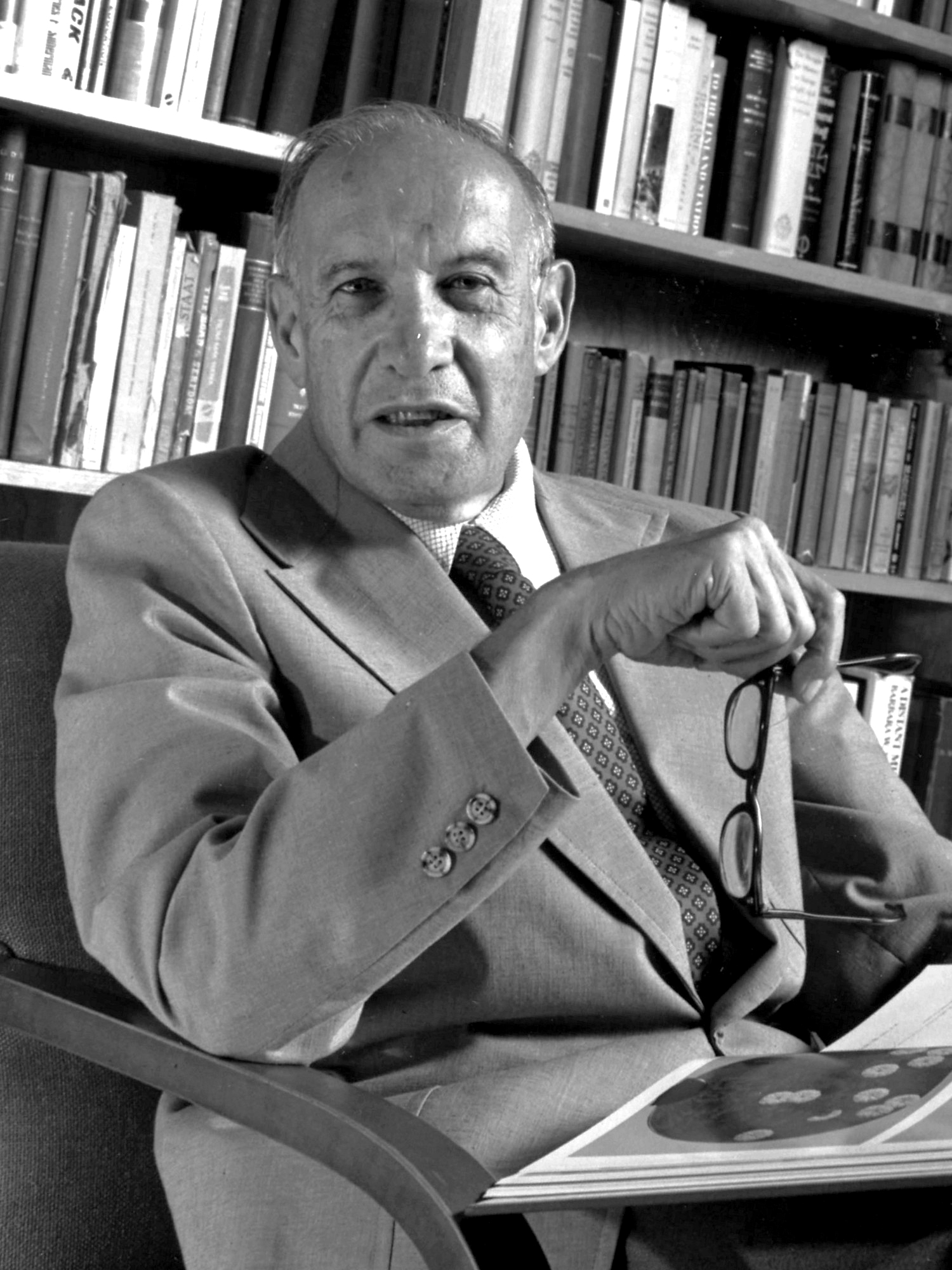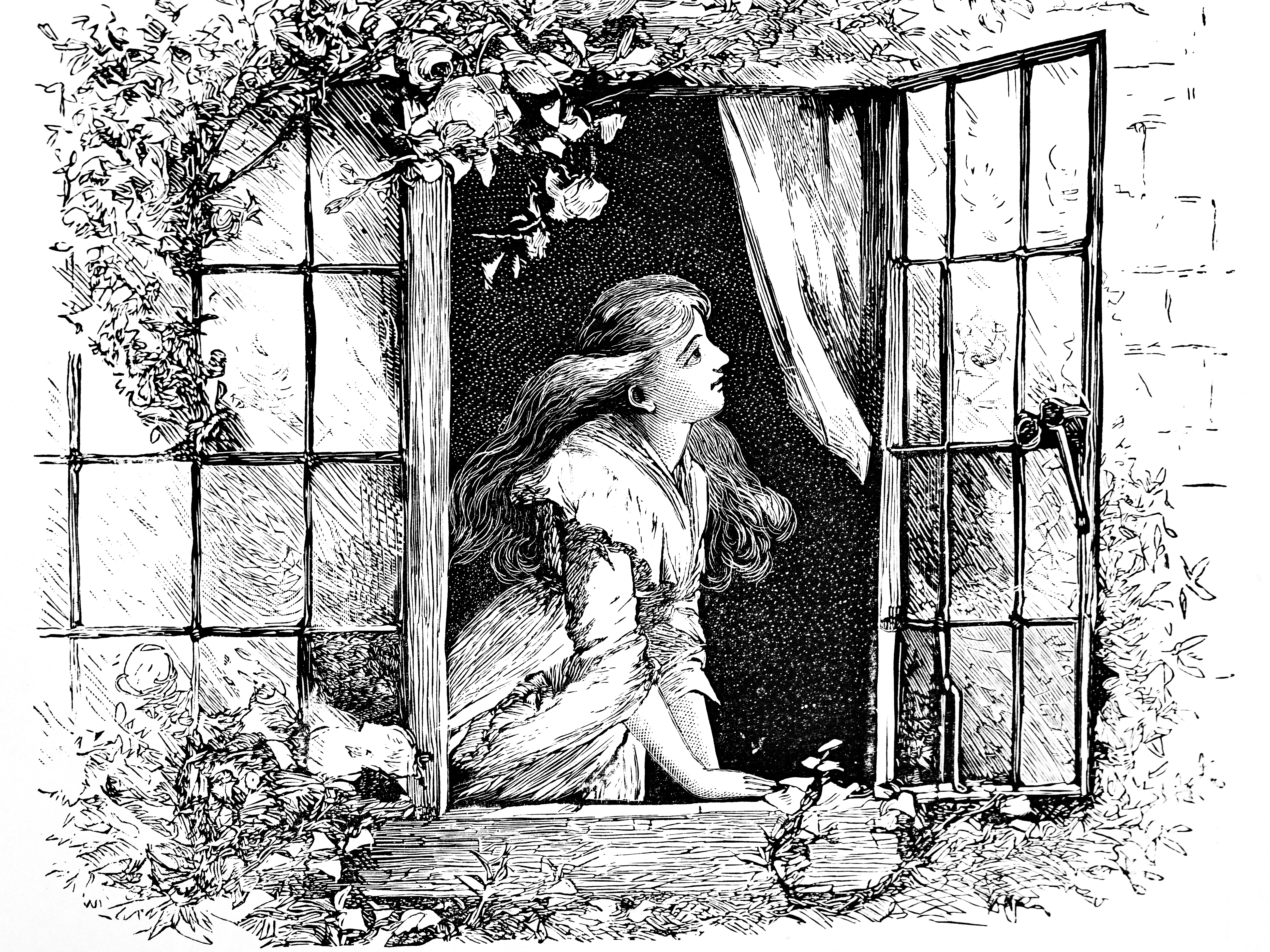Have you ever tried to change something? Like a habit or custom?
If so, you would agree that change and transformation are not easy things. Yet at the same time, they are quite simple. I would dare to say that its challenging nature is due to its simplicity.
The truth is: change is always happening. All the time.
“The only constant is change” said Heraclitus, the wise man.
With our actions, thoughts, and emotions we are constantly changing and shaping ourselves over and over. From a scientific point of view, we could relate to neuroplasticity, neurogenesis, and epigenetics. In simpler words, we are made of an ongoing shaping and reshaping of our brains and bodies through what we feel, think, and do. Also, under the influence of the larger ecosystem we inhabit and relate. From the micro to the macro levels, our relationship with ourselves, others, the world, and the whole universe, continuously shapes us. Literally, this is what science explains.
The difficulty lies in changing the habits of emotion, thought, and action. Experts say that most of the thoughts we have today are the same that we had yesterday. Also, our brain tends to resist change, as thinking and feeling the same things requires less energy and makes us feel more secure. In the same way, repeated actions are much easier to carry on than new ones that might require us to learn or adapt. When we carefully observe we will notice that our sense of identity and security are embedded in our habits of thought, emotion, and action. Also, our worldviews, beliefs, and values are ingrained in what we think, feel, and do – consciously and unconsciously.

This blog post is meant to touch upon change and transformation, from the heart. Yet, allow me to stop here to sense and smile at my body cells. They are the ones who utterly deal with change and navigate the ups and downs of our thoughts, emotions, and actions. I like to look at them as my organization’s most valued employees. Servant leaders of my existence. Interdependently organized in complex (body) systems. It is important to be grateful for and acknowledge all they take care of. Some other day we will look further into that. For now, we are talking about ongoing change, the shaping and reshaping of who we are.
Would you like to build some heart-awareness muscle around that? Let’s exercise.
At first, let’s not yet try to change anything. To start with, we aim to observe and notice: What is already happening?
We are building heart muscle. Specifically, ethical heart one. The one that sets the direction and focuses the leadership energy.
For this practice, I invite you to stop for a while. Look around and observe: what is it that you are observing? In other words, today’s exercise is about exploring (y)our worldview. Or the way that you look into the world (others and yourself).
For the next 5 minutes. Approach a window or find a comfortable place wherever you are from where you can quietly and safely observe around.

_
What do you see when you look out into the world?
To build our practice and gain insight, I have included three artworks that look at a common motive, the sea, observed from different perspectives. In each of them, we can recognize the spirit of their times.
Each of the paintings looks, sees, feels, thinks, talks, and relates with the world in a different way. Can you see it as well?
On the left, Théodore Géricault and “The Raft of the Medusa” (1818-1819), a Romantic painting that portrays his interpretation and vision of a, at the time controversial, historical event. There is drama and emotion in the look of the painter.
In the middle, “Port at sunset, Opus 236” (1892) of Neo-impressionist Paul Signac. Observe, this landscape portrait features light not as a typical painting atmosphere but as particles. A nascent scientific mindset is embedded in the painter’s eye.
On the right, Salvador Dalí’s “Book to Birds” (1941) takes us to the dimension of human imagination with a surrealist expression of his boundless creativity. Is the book making him fly away, travel, dream? Can you feel it as well? There is a look that goes beyond what is usually seen in plain sight.

Once again, as you look out there. What do you see when you look into the world? Below these words I leave you an observation template as a starting reference, to ease your heart-based creative leadership development practice.
Use the line between each pair of words as a sliding scale to indicate your answer, as shown in the example.
When you look out in the world do you see…
- Problems or opportunities?
- Decadence or flourishment?
- Despair or hope?
- Scarcity or abundance?
- Separation or oneness?

Let’s curiously check. Do you notice any differences when you place yourself on the opposite sides of the sliding scale?
Play with it a bit more.
What happens when you look for problems or when you look for opportunities?
Is there a difference in what you observe when you intentionally look for decadence or flourishment?
What about trying the same for despair and hope?
Can you find more or less scarcity and abundance when you choose one or the other side of the scale?
I dare to anticipate that you might observe a little bit of this and a little of that. Yet when does that happen? And in which ways?
Keep curiosity high.
Once you have observed all of the scales. Look at all of them at once. Do you observe any pattern?
Do not judge, just observe. There is no good or bad, better or worse. There is. We are curiously observing, from the perspective of the heart.
You are practicing to become more aware of what you see when you look out into the world, taking time to observe what you observe. The thing is:
The way that you look out into the world shapes who you become.

You are invited to keep practicing for the next few days. Building heart muscle one aware look at a time.
You are also invited to create your unique sliding scales, if so please share them ; ) I would also like to learn from what you are prone to observe.
You might even like to journal about that. I’ve been doing that for a while and what I have seen was relevant.
Look out there with curious eyes. Remember the rules of the game: Open Eyes, Open Ears, Open Mind, and Open Heart.
As Leadership expert Peter Drucker once said: “I never predict. I just look out the window and see what’s visible – but not yet seen.” He invites us to take an intentional look to see beyond the obvious for what is also possible.
Here is my example to tease your creative curious soul.

When I look out into the world I see POSSIBILITY.
I see potential for a better and more peaceful world. Potential in all of us playing as a global team. Guided by and from our hearts. Becoming all we can be, together, unlocking possibilities.
What do you believe is possible?
This is one of those exercises that is fun to try out with someone else. Find your pair. Do it again. Share what you see to learn more about what is there between you and your eyes. We are all wearing a pair of invisible tinted frames that color our world with red, yellow, green, blue, or even with a colorful outlook. As you might have already noticed, your culture, upbringing, education, beliefs, values, emotions, and thoughts add a unique tone to what you see out into the world.
“We do not see the world as it is, we see it as we are” wisely says French-born American diarist, essayist, novelist, and writer Anaïs Nin.

Girl Gazing Out of Window. Victorian Engraving 1879.
What is my utter intention with this post?
To guide you to look again with fresh and more conscious eyes.
To rekindle your heart and call into your soul.
Whatever it is that you want to change and transform,
I believe in you.
I believe that it is POSSIBLE.

If you feel it is due time, the way to The Journey to the Heart continues down here.






